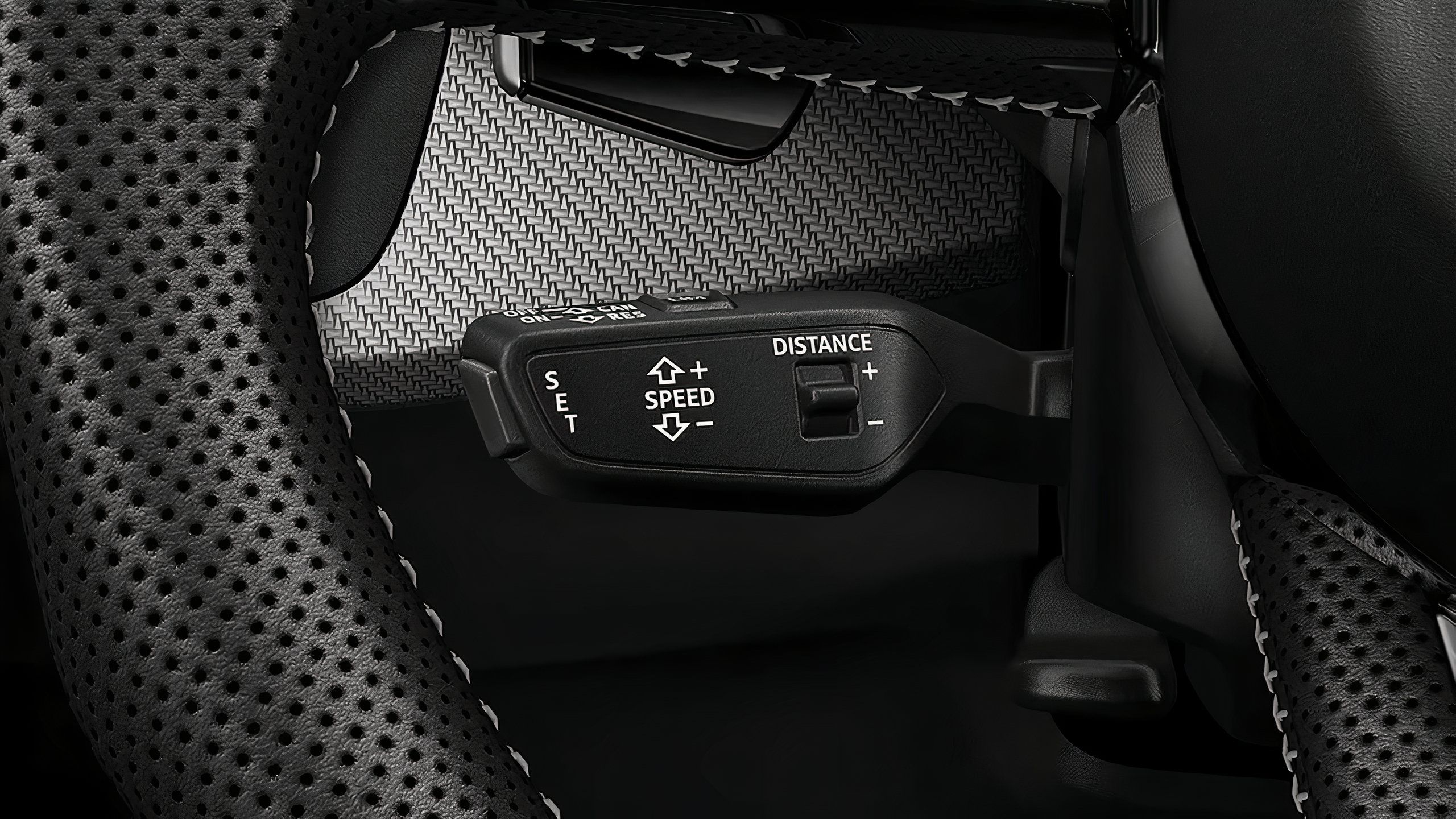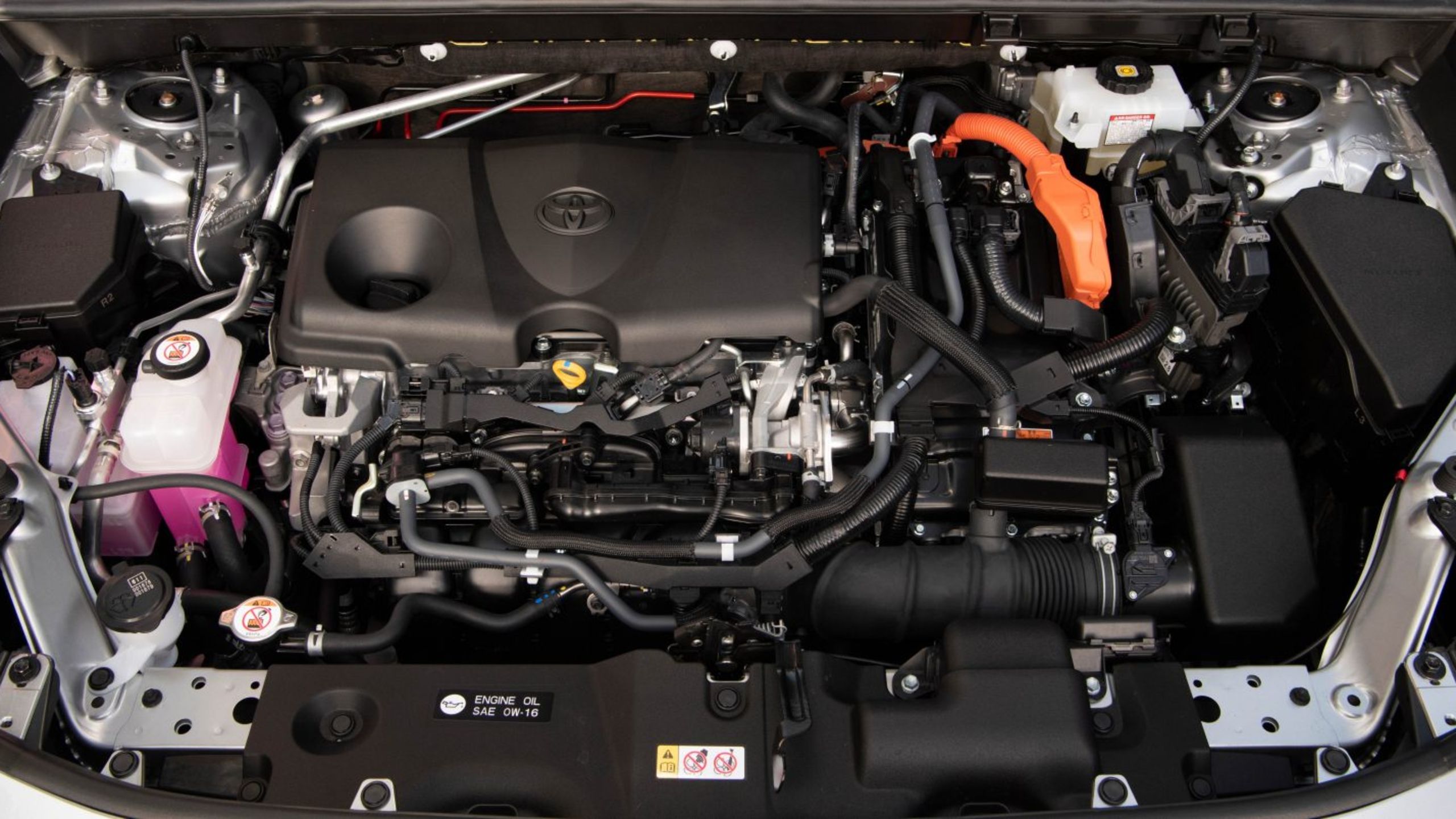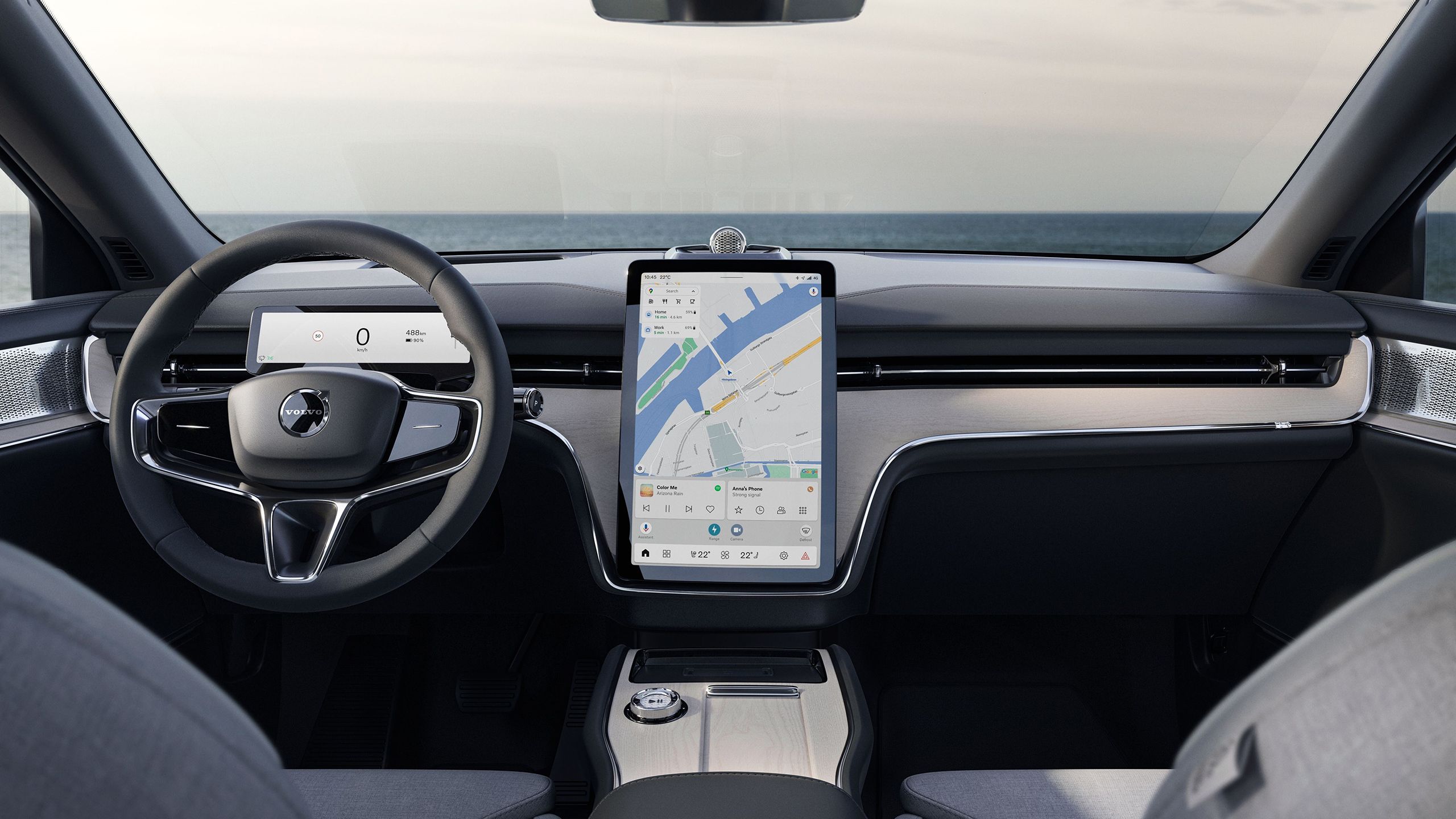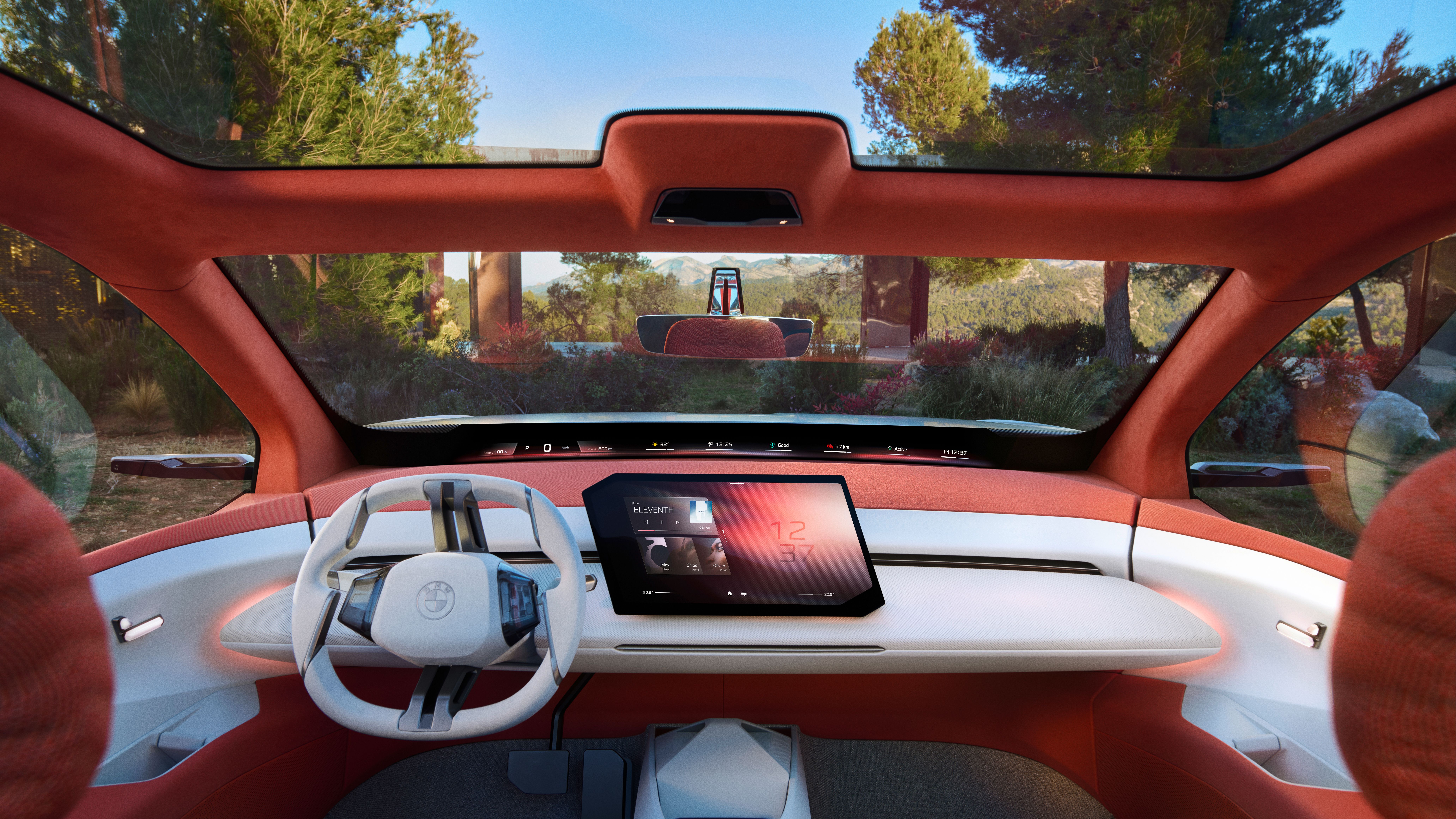Summary
- Wireless CarPlay or Android Auto are now standard to cut cable clutter.
- Level two driver safety features are increasingly sought after for new cars.
- Fuel efficiency favored over raw performance; smaller engines are in demand.
The automotive marketplace is one that has always been consumer-forward. Whatever people are buying the most of is what you can bet your bottom dollar that companies will produce, whether it’s tiny economy cars or land yachts that take up a lane and a half on the highway. In previous years, most changes took place on the outside of the car, but now, it’s everything inside that sets some apart from the competition.
With several features set to disappear from most major manufacturer lineups sooner rather than later, these five features are more than likely going to take their place as the first few options any buyer wants to check off the spec sheet when purchasing a new car.
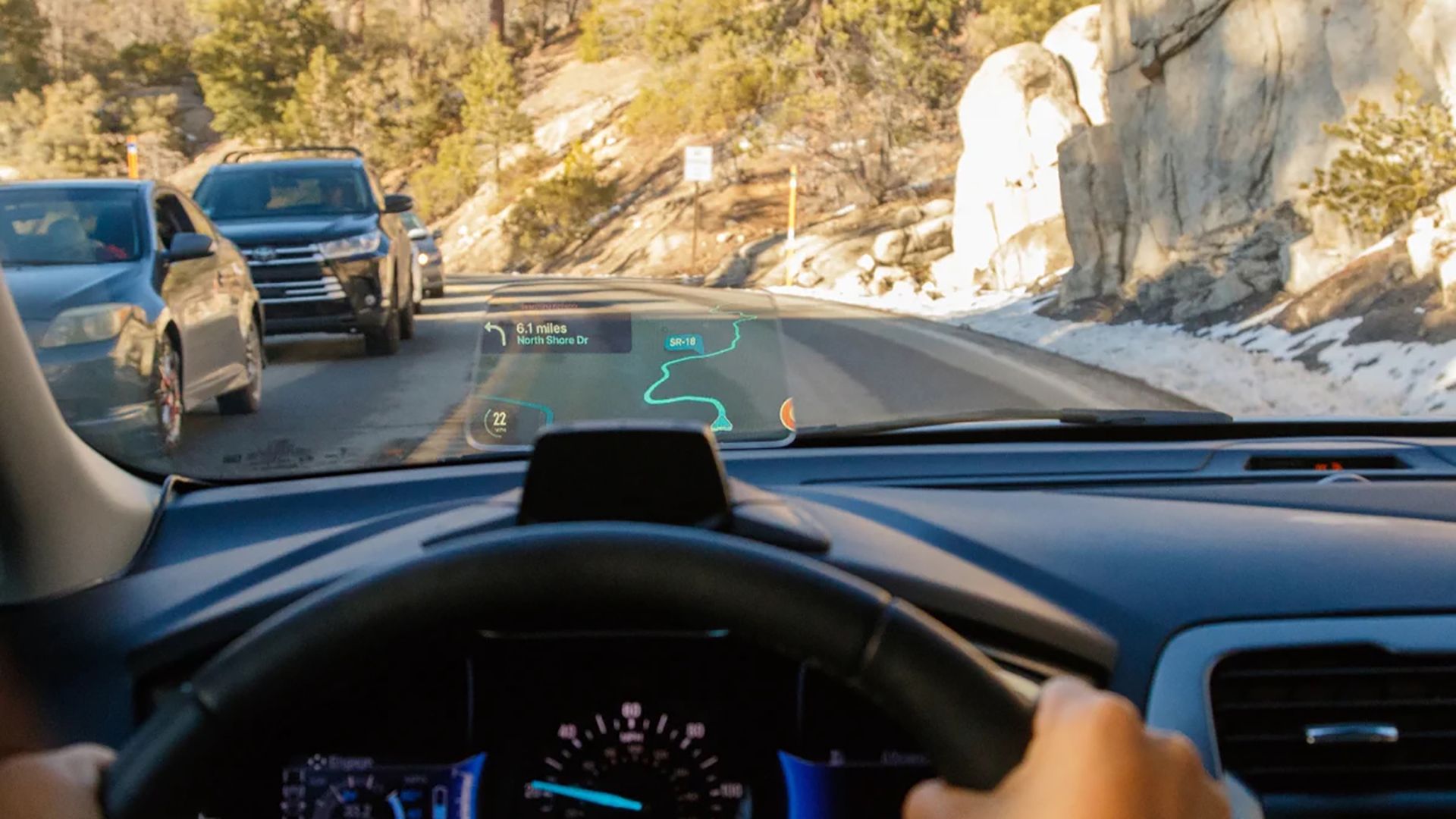
Related
5 gadgets I use to make my old car feel like a 2025 model
Stuck in that old beater, or just waiting for the payoff? These five gadgets can bring any old car up to speed for 2025.
5
Wireless CarPlay or Android Auto
Because who wants to mess around with chords anymore
If you thought cable cutting only applied to streaming services, guess again. Car buyers are cutting as many cables as possible in 2025, and it’s become so prevalent that automakers are rushing to make wireless phone connectivity standard in just about every trim imaginable.
For instance, I drive the ultimate mom-car-turned-dude-mobile, a 2022 Volkswagen Taos, and despite only being the midrange model, wireless CarPlay connectivity came as standard. Meanwhile, in my fiancée’s 2021 Jeep Compass, this isn’t the case, and I always forget to plug in my phone if I ever take her car for a spin around the block. Buyers have made it clear that this ease of connectivity is one of the first options they want on any new car.
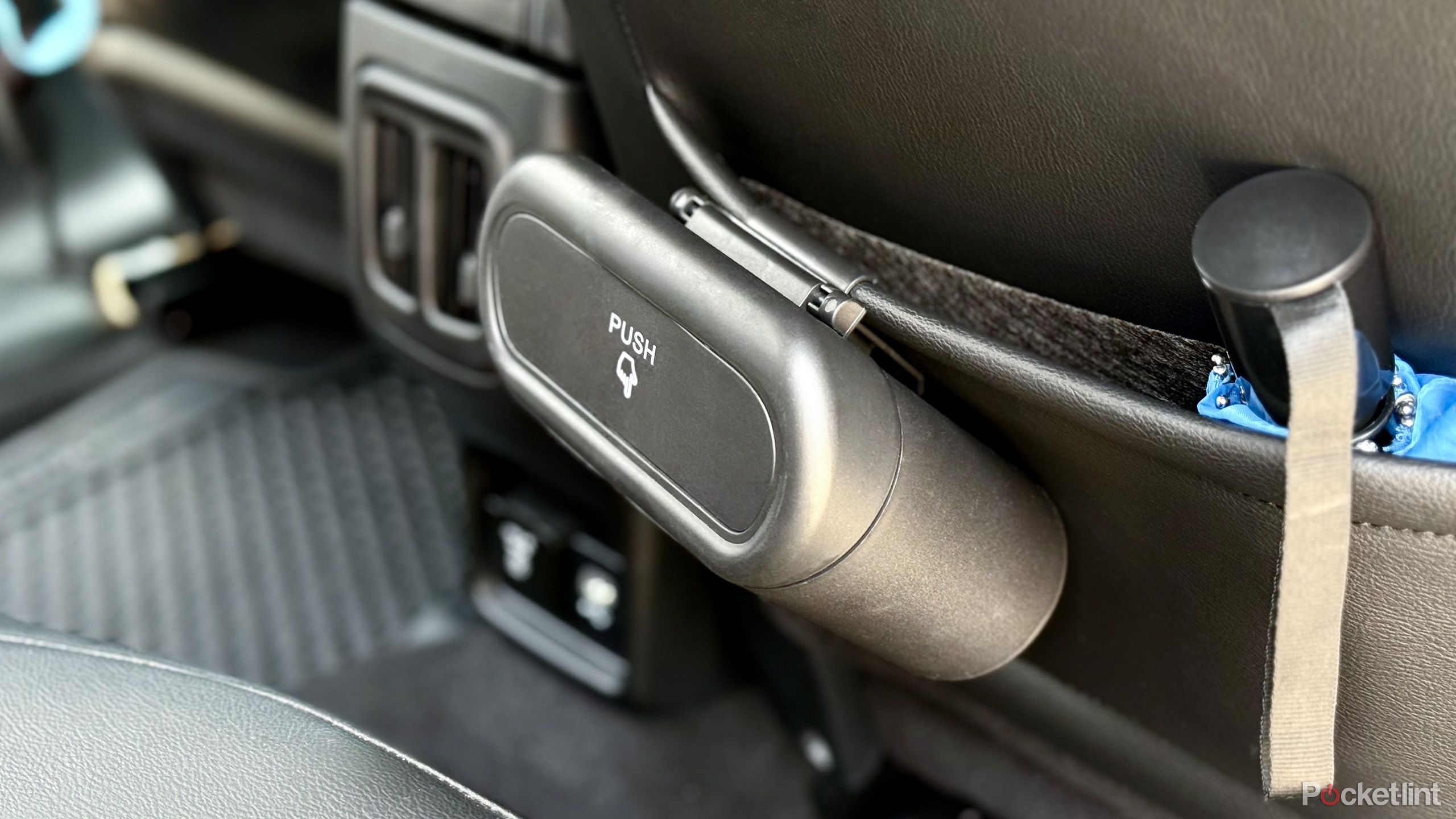
Related
5 car gadgets that make my road trips a breeze
I put 30,000 miles a year on my car, and these five gadgets make each one a little bit better.
4
Level two driver safety systems
Behind connectivity is safety, of course
Audi Westmont
The irony of this listing is not lost on me by any means, but it still rings true. Most buyers today care about connectivity first and safety second, but there’s less distance between them than you might think. After all, things like hands-free or adaptive cruise control and active blind spot monitoring are still considered luxurious to most drivers, as they should be. But what do I mean by level two systems?
In short, Level 3 is when we reach a state of autonomy on a wide enough scale for it to be considered standard. We’re not quite there yet, but I predict that by 2030, even higher levels of driver safety equipment will be standard on all of our cars, and that will be an interesting day in the automotive world. Until then, though, safety features like the ones mentioned above, in addition to things like automatic emergency braking and lane-keep assistance, will be among the most prevalent wants and needs of car buyers.
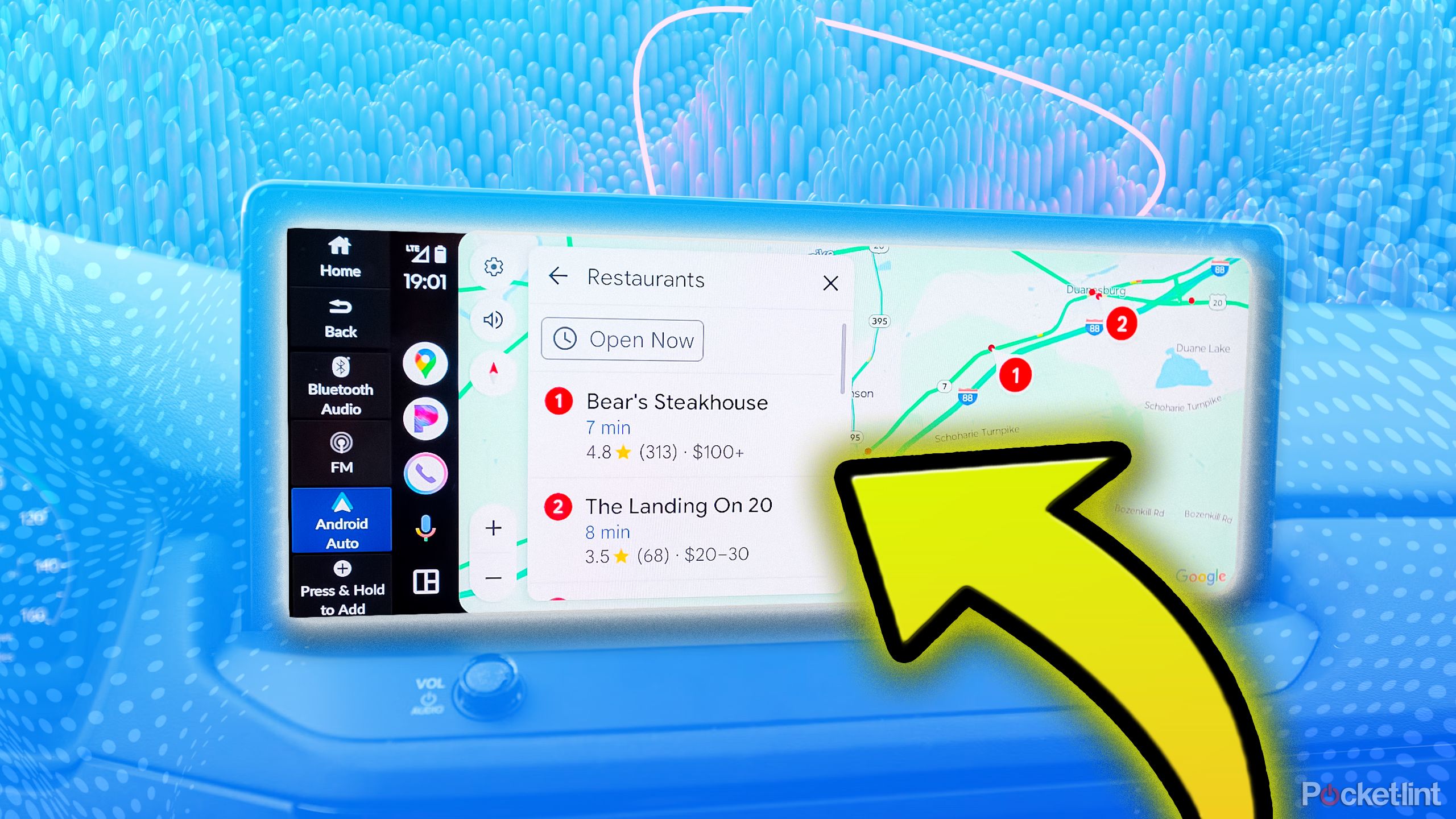
Related
6 Android Auto settings you didn’t know you needed to change
Just a few quick phone tweaks can make all your drives smoother.
3
Fuel efficiency over raw performance
The days of the big, thumping V-8 are coming to a close
Toyota
What you’re seeing here is a Toyota RAV4 engine — one of the most popular cars on the planet right now, and arguably the most popular car in America. For those who have never popped the hood on one of these puppies, it isn’t powered by something as gaudy as a big, loud V-8, or even a healthy naturally aspirated six-cylinder. No, instead it’s powered by a hybrid 2.5-liter four-cylinder, pumping out just 200 horsepower. And people can’t get enough of them.
Whether us lovers of speed and power like it or not, the way forward is smaller and more economical. For those who lived through the car crisis that was the late 20th century, it has to feel like history repeats itself, as cars are getting smaller, quieter and weaker than just a few short years ago. However, that’s the way the market is trending, and until it stops, it’s four-cylinders and turbochargers all around. Whether that’s sad or not doesn’t matter, though, as it’s putting more money in the wallets of customers, and sometimes, that’s all that matters.
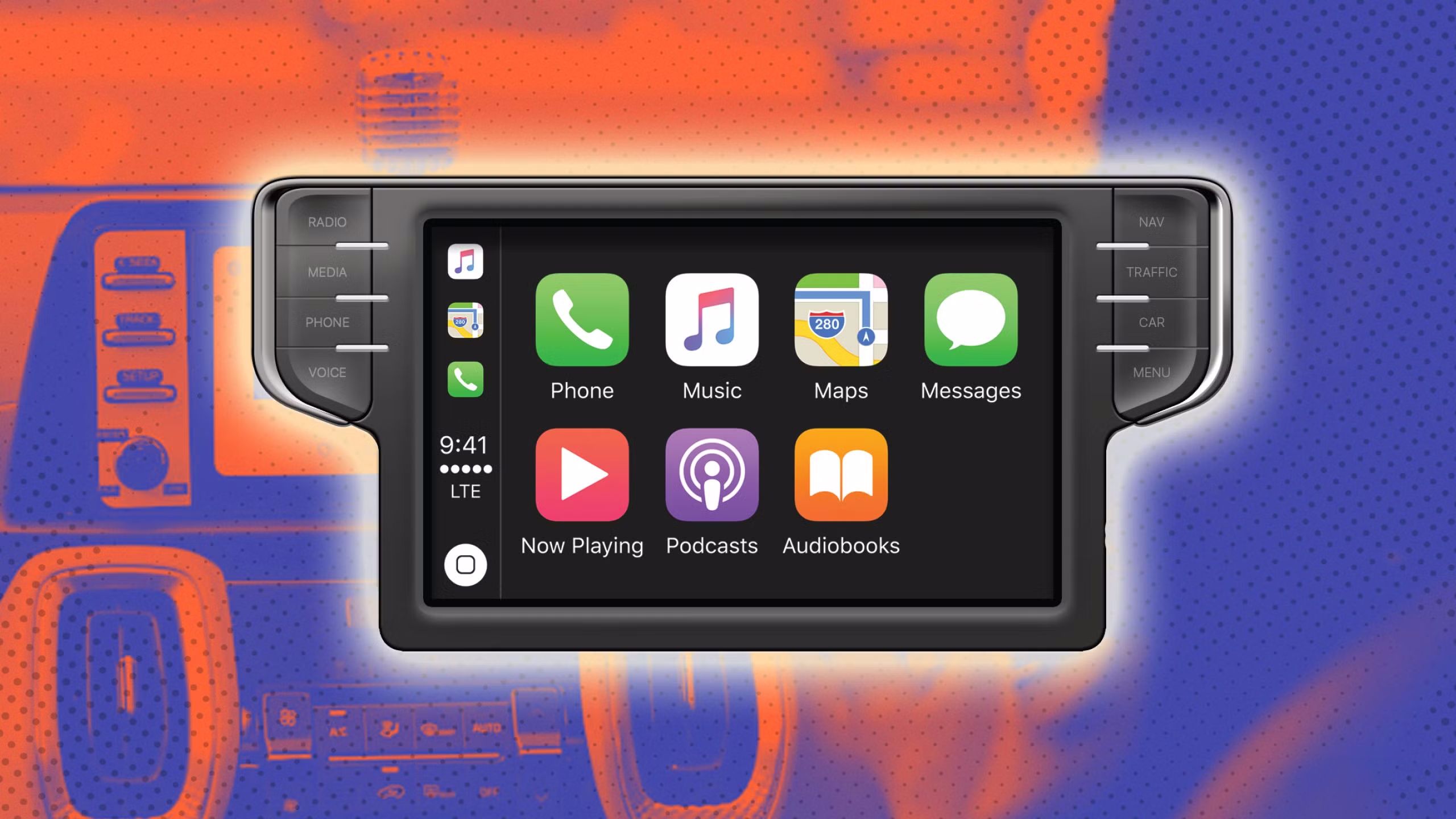
Related
4 CarPlay tips that will change your driving life
There’s nothing too complex about CarPlay, but Apple doesn’t teach you everything.
2
In-car AI assistants
If you want to make your grocery list on the go, this has you covered
Volvo Cars Global Newsroom
With Volvo announcing its plans to implement Google Gemini into its cars later this year, people are flocking to anything with AI assistance built into the vehicle software. In fact, these advancements in what is possible from an automotive technology standpoint have caused some manufacturers to push back on things like Apple CarPlay Ultra, which is standard on all new Aston Martin models.
Volvo and Google led the charge in this space back when they began collaborating on infotainment software in the late 2010s, and since then, Volvo’s native software program has only blossomed. It’s truly the only system I’ve ever seen that doesn’t make me want to immediately turn on CarPlay, and that’s impressive in itself. Expect brands like Mercedes-Benz and other high-end manufacturers to follow suit, and watch all of their subsidiary brands experience the trickle down effect just a few model years later.
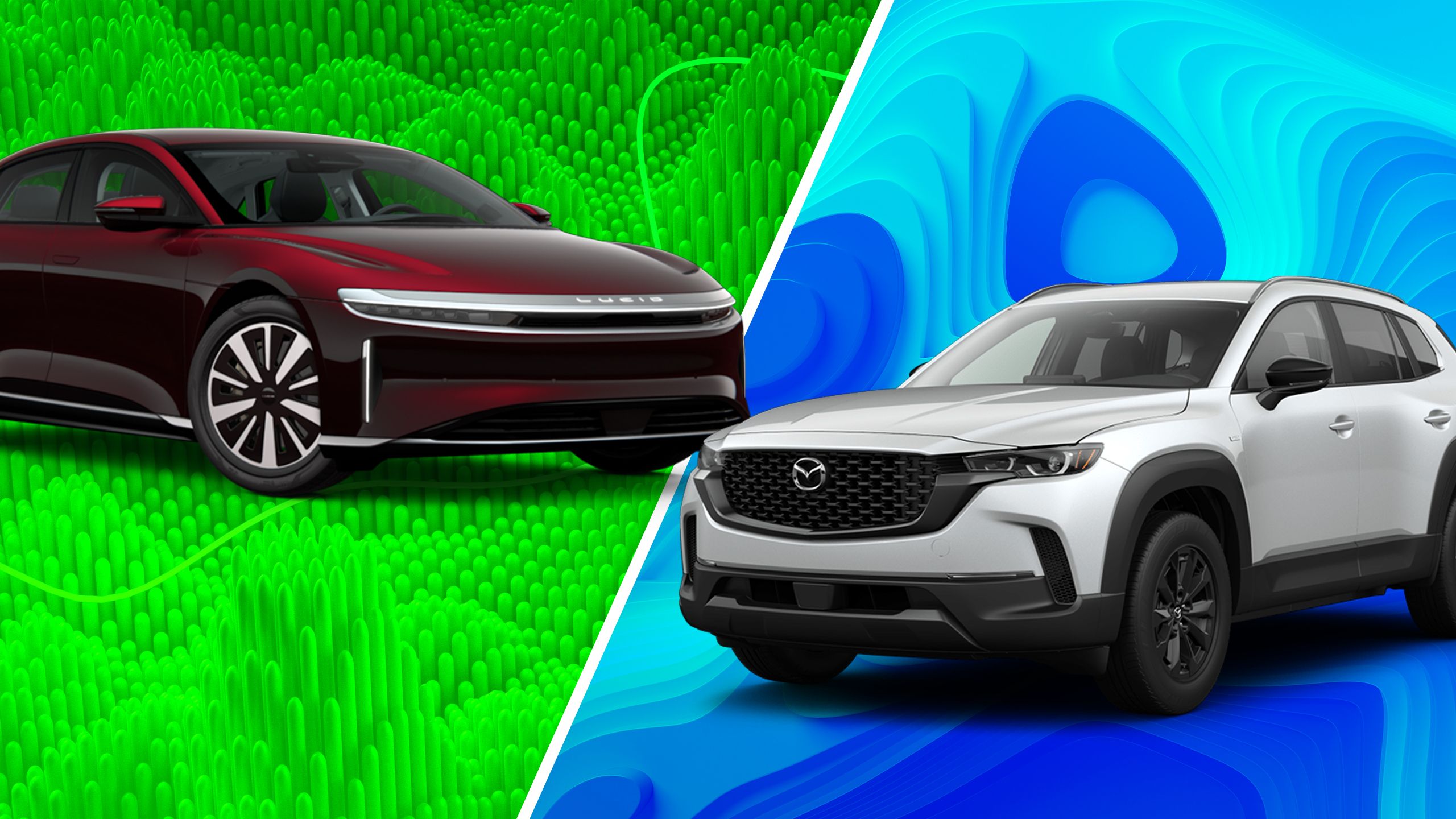
Related
Why I think you should buy a pure EV and not a hybrid car
It’s not just about range and upfront affordability.
1
Over the air software update capability
After all, who doesn’t want their car to be just like their phone
BMW Group
Speaking of leading the charge, BMW’s Neue Klasse vehicles are trying to do something admirable — look forward while paying homage to the past. Part of that forward-thinking approach is making sure that the software in the car itself doesn’t age any faster than its mechanical components do. One of the main talking points around the Neue Klasse is its software system upgrades, but more specifically, the ability that BMW has to constantly update and improve that software even after its cars leave the factory.
According to BMW, the Neue Klasse won’t have to be taken to a service center for a software update. Just like your phone, updates will be able to take place over the airwaves, which it hopes will keep all its new vehicles in top shape from a usability and connectivity standpoint.
As other manufacturers follow suit, this last feature will be one of the quieter ones to come to market before 2030, but when it does, you’ll notice that you spend less time at the dealership, and more time in the driver’s seat, and I can’t deny the fact that if that’s the result, it truly will be a good thing for the car community, because there’s nothing we all love more than being behind the wheel.

Related
A useful Google Maps feature is suddenly vanishing for some users
Some Google Maps users on Android are reporting the inexplicable removal of a useful navigation feature: show media playback controls.





